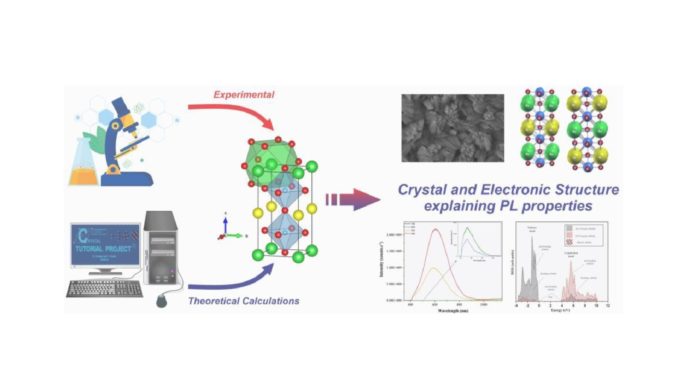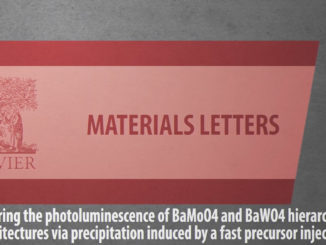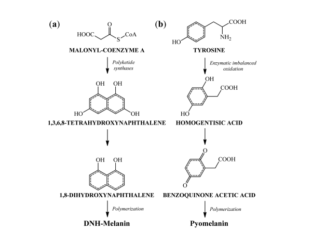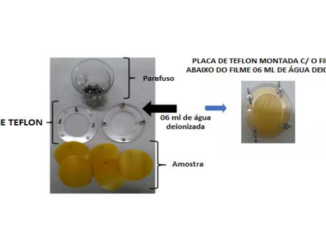
Unraveling the relationship between bulk structure and exposed surfaces and its effect on the electronic structure and photoluminescent properties of Ba0.5Sr0.5TiO3: A joint experimental and theoretical approach
Abstract: In this paper, we conducted a combined experimental and theoretical investigation of bulk and (001) surface properties of a Ba0.5Sr0.5TiO3 (BST) material synthesized by the polymeric precursor method. Characterization techniques, such as X-ray diffraction (XRD), Raman spectroscopy, ultraviolet-visible diffuse reflectance spectroscopy, field-emission scanning electron microscopy (FE-SEM) and photoluminescence (PL), were employed to disclose the structural, electronic, and optical properties of BST. Structural analysis confirmed the BST tetragonal symmetry, showing the relevant fingerprints of structural distortions, while the crystallographic morphologies were observed in the FE-SEM images. The theoretical results evidenced the structural disorder along the tetragonal BST phase, corroborating the central role of the bonding environment in the electronic and PL properties of the material. Moreover, the (001) surface results indicated that Esurf values depend on the chemical environment of exposed surfaces following the bonding character along with A-O and Ti-O paths, which also affects the electronic structure of surface-oriented BST.
Author(s): Mesquita, W.D.; Oliveira, M.C.; Assis, M.; Ribeiro, R.A.P.; Eduardo, A.C.; Teodoro, M.D.; Marques, G.E.; Godinho Júnior, M.; Longo, E.; Gurgel, M.F.C.
Materials Research Bulletin
Published: November 2021, Volume 143, 111442
DOI: https://doi.org/10.1016/j.materresbull.2021.111442
CDMF
The CDMF, hosted at the Federal University of São Carlos (UFSCar), is one of the Research, Innovation and Dissemination Centers (RIDC) supported by the São Paulo State Research Support Foundation (Fapesp), and also receives investment from the National Council Scientific and Technological Development (CNPq), from the National Institute of Science and Technology of Materials in Nanotechnology (INCTMN).




